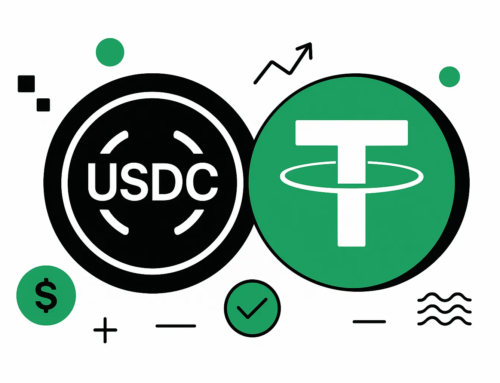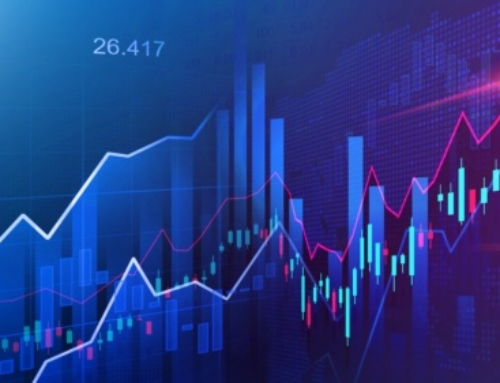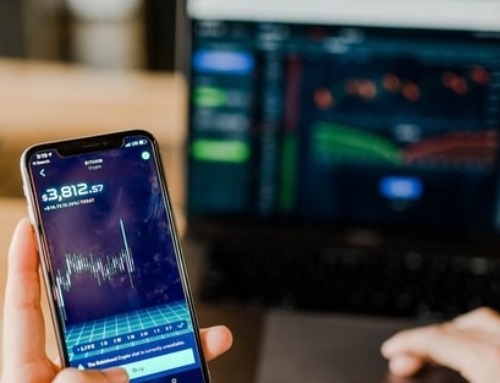Non-Fungible Tokens (NFTs) are digital assets that represent objects with a value such as artwork, collectibles, and gaming items. They are stored and traded online using cryptocurrencies. They are generally encoded within smart contracts on a blockchain. Public attention to NFTs exploded in 2021, when their market saw sales at astounding prices.
In the NFT revolution, millions of dollars in digital art and memorabilia have lately been auctioned off. There has been media speculation regarding the 300 ETH Nyan Cat GIF selling for around US$600,000 or Jack Dorsey’s first tweet selling for 1630.58 ETH, which was roughly US$2.9 million at the time. A JPEG file of a digital collage called “Beeple” purportedly sold for $69 million lately, fueling the NFT craze.
What determines the value of an NFT?
NFTs collected sales of $2.5 billion in the first half of 2021, a volume never before achieved.
This raises an important question: with so many NFTs on the market, how can a potential buyer assess the intrinsic value of a non-fungible token and evaluate which types of NFTs are most likely to increase in value?
While there are techniques for estimating the value of a company and thus its stock, or other financial assets, there are no similar tools that can help estimate the value of an NFT.
However, there are three key elements that seem to play a role in determining the intrinsic value of an NFT: rarity, utility, and tangibility.
Rarity
How “hard to get” a specific NFT is, determines its rarity. An example of rarity is a one-of-a-kind artwork by a famous creator in the digital arts industry or an NFT created by a famous person or company, such as a luxury brand. Another rarity factor is the effect such an NFT would provide in a video game.
In these cases, the ownership of the NFT gives a sense of distinction and prestige to the owner. This, therefore, helps determine its value.
Utility
The utility of an NFT comes from its real-world application, whether in the physical or digital world. For example, some NFTs are simply collectibles, as you can use them in games as virtual terrains or avatars. This characteristic of NFTs gives them immediate value, which matures over time depending on the popularity of the underlying project. In fact, the community of players of a decentralized game grows. So many of them will be willing to pay even significant amounts of money for a unique item.
An example of such NFTs is land ownership in Decentraland.
Tangibility
Some NFTs are tied to real-world objects, which provide value in terms of physical tangibility, integrated with traceability and immutability of ownership. In essence, anything can be supported by an NFT to consolidate ownership rights, but that does not make the object unique or in high demand. The underlying value of such an object will depend on its practical use and the personal satisfaction it gives the owner.
Then there is tangible value NFTs that are more suitable for short-term trading in the marketplace. For example, items that have an expiration date over time like an event ticket. Other collectibles such as a certain piece of limited edition clothing NFT can accumulate value over time. The reason is that the number of items in circulation decreases.
However, the 3 criteria aren’t a tool that can allow us to make even a rough estimate of an NFT value.
For this reason, studies continue and further research will take place. This is to understand what are the factors that can determine the success of an NFT and therefore its value.
The Turing Institute study
A recent study funded by the Turing Institute sought to derive the value of an NFT by analyzing their characteristics with an artificial intelligence system. Such a system would allow estimating the value of any future NFT by considering the analysis of those already available in the market. The system considers 3 factors: 1) visual characteristics, 2) previous sales of related NFTs, and 3) popularity of buyers and sellers.
The study shows that all three factors influence the price of an NFT. Previous sales of NFTs are the most important feature, explaining up to 50% of the variability in NFT prices. Visual features are also important in determining price, increasing model performance by 10-20%. Adding data on the popularity of traders helps increase the accuracy of the estimate by 10%. Together, these three factors can explain up to 70% of NFT price variability.
It will then be a matter of validating this system by comparing the predictions with the actual values and their selling price in the future.
Conclusions
In general, the value of an object is largely a matter of personal perception, but intrinsic value follows a set of market rules. For NFTs, the rules consist of three main factors, some of which depend on the issuer of the NFT.
However, given that the NFT world is just beginning, and going through a hype phase, we should consider that over time new criteria will come up or the weight of current criteria will change. From an investor’s perspective, however, what remains the same is that the value of an NFT lies in its short- and long-term resale value.
However, much remains to do to model the value of an NFT.








